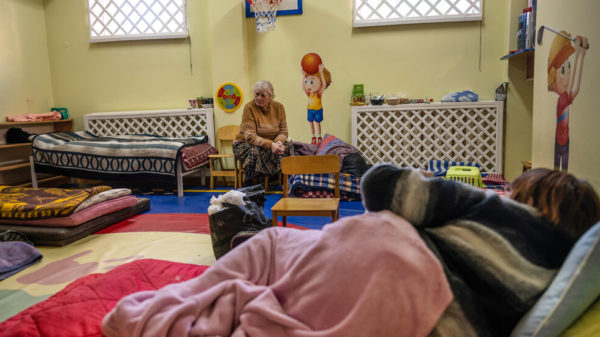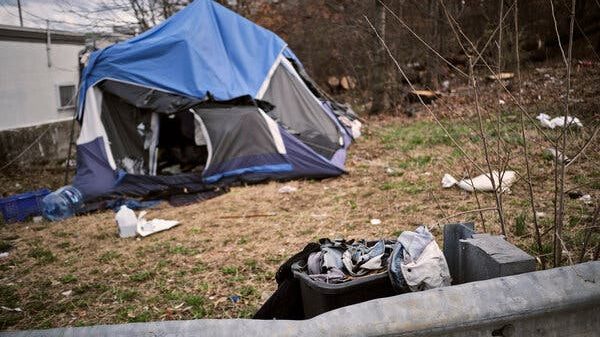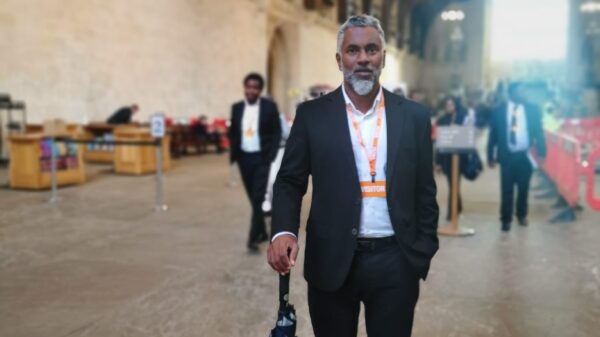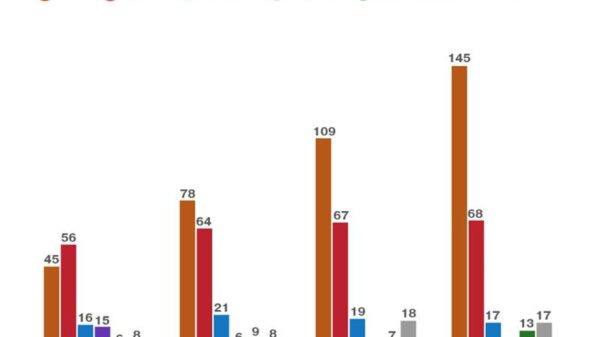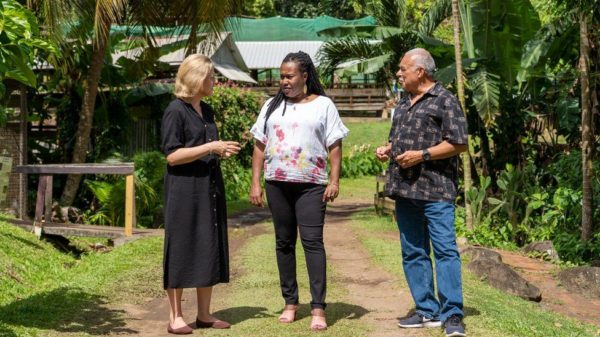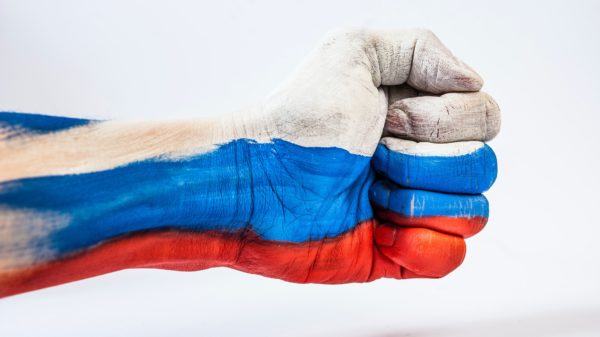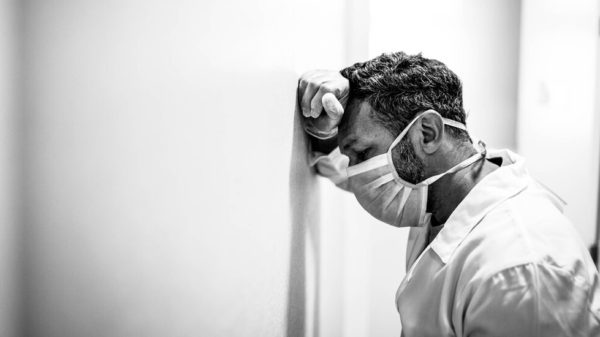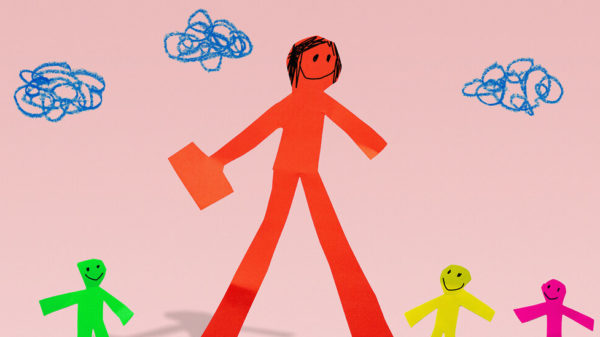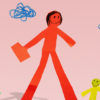Five articles from around The Times, narrated just for you.
This weekend, listen to a collection of narrated articles from around The New York Times, read aloud by the reporters who wrote them.
See (the Worst People in) the World!
Flight attendants often love their jobs. The wages are decent for an occupation that doesn’t require a college education and that provides on-the-job training. Attendants talk about the rewards of flying: joking with passengers, having conversations with them about the honeymoon they are headed to or the funeral they returned from.
The career also provides plenty of perks, which grow over time. An attendant with seniority might work just nine days a month (three three-day trips). On layovers, crews often gather for meals or drinks. They go to Disney World together, tour Capitol Hill, have picnics in the Jardin des Tuileries.
But pandemic anxiety, hostility and tantrums have turned airplanes into battlefronts. Before the pandemic, unruly passengers — people who interfere with crew members’ jobs or intimidate, threaten or assault them — were so rare that the Federal Aviation Administration didn’t even track them annually. But in 2021 and early 2022, the F.A.A. reported a stunning 6,300 unruly-passenger incidents — more than 4,500 of them mask-related.
A Woman Is Cured of H.I.V. Using a Novel Treatment
A woman of mixed race appears to be the third person ever to be cured of H.I.V., using a new transplant method involving umbilical cord blood that opens up the possibility of curing more people of diverse racial backgrounds than was previously possible.
Cord blood is more widely available than the adult stem cells used in the bone marrow transplants that cured the previous two patients, and it does not need to be matched as closely to the recipient. Most donors in registries are of Caucasian origin, so allowing for only a partial match has the potential to cure dozens of Americans who have both H.I.V. and cancer each year, scientists said.
The sex and racial background of the new case mark a significant step forward in developing a cure for H.I.V.
◆ ◆ ◆
The Diet Worked for Them. Now Their Pets Are on It.
Written and narrated by Priya Krishna
The Diet Worked for Them. Now Their Pets Are on It.
As the rate of pet adoptions in the United States has skyrocketed in the pandemic — to nearly one million in 2021, a six-year high — pet owners are devoting considerable thought and money to what their dogs, cats, hamsters, goldfish and other domesticated animals eat.
For many owners, the answer is customizing their pets’ diets to match their own eating habits.
There are pets on raw-food diets, gluten-free diets, grain-free diets, vegan and vegetarian diets. There are pets that munch on treats flavored like a turmeric latte or made with CBD, pets that never skip a probiotic or vitamin C supplement. Some owners whip up special menus at home, while others shop for the growing number of products tailored to these diets.
◆ ◆ ◆
Who Is Behind QAnon? Linguistic Detectives Find Fingerprints
Written and narrated by David D. Kirkpatrick
Who Is Behind QAnon? Linguistic Detectives Find Fingerprints
“Open your eyes,” the online post began, claiming, “Many in our govt worship Satan.”
That warning, published on a freewheeling online message board in October 2017, was the beginning of the movement now known as QAnon. Paul Furber was its first apostle.
The outlandish claim made perfect sense to Mr. Furber, a South African software developer and tech journalist long fascinated with American politics and conspiracy theories, he said in an interview.
As the stream of messages, most signed only “Q,” grew into a sprawling conspiracy theory, the mystery surrounding their authorship became a central fascination for its followers — who was the anonymous Q?
Now two teams of forensic linguists say their analysis of the Q texts shows that Mr. Furber, one of the first online commentators to call attention to the earliest messages, actually played the lead role in writing them.
◆ ◆ ◆
Vulnerable to the Virus, High-Risk Americans Feel Pain as the U.S. Moves On
Written by Amanda Morris and Maggie Astor | Narrated by Amanda Morris
Vulnerable to the Virus, High-Risk Americans Feel Pain as the U.S. Moves On
Millions of Americans with weakened immune systems, disabilities or illnesses that make them especially vulnerable to the coronavirus have lived, since March 2020, sequestered at home, keeping their children out of school and skipping medical care rather than risk exposure to the virus. And they have seethed over talk from politicians and public health experts that they perceive as minimizing the value of their lives.
As Year 3 of the pandemic approaches, with public support for precautions plummeting and governors of even the most liberal states moving to shed mask mandates, they find themselves coping with exhaustion and grief, rooted in the sense that their neighbors and leaders are willing to accept them as collateral damage in a return to normalcy.
Want to hear more narrated articles from publications like The New York Times? Download Audm for iPhone and Android.
The Times’s narrated articles are made by Tally Abecassis, Parin Behrooz, Anna Diamond, Sarah Diamond, Jack D’Isidoro, Aaron Esposito, Dan Farrell, Elena Hecht, Adrienne Hurst, Elisheba Ittoop, Emma Kehlbeck, Marion Lozano, Tanya Pérez, Krish Seenivasan, Margaret H. Willison, Kate Winslett, John Woo and Tiana Young. Special thanks to Sam Dolnick, Ryan Wegner, Julia Simon and Desiree Ibekwe.



